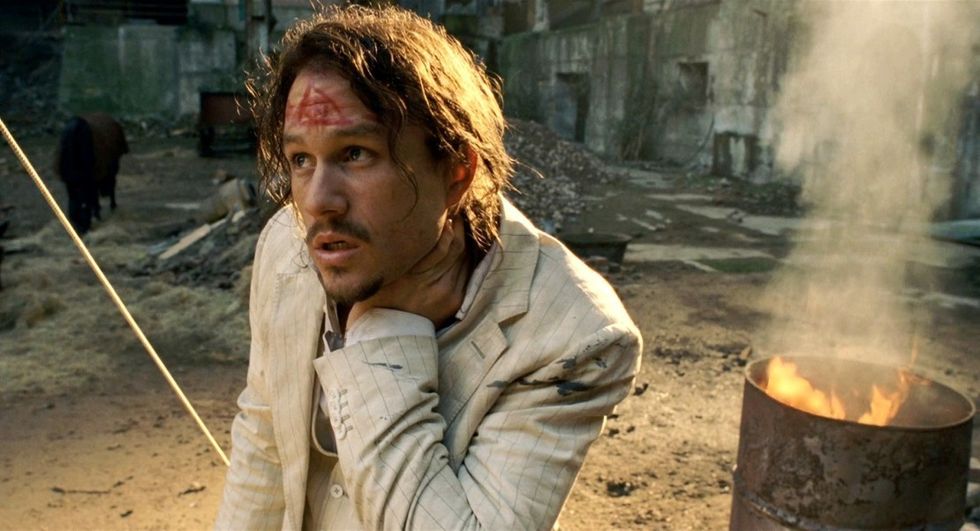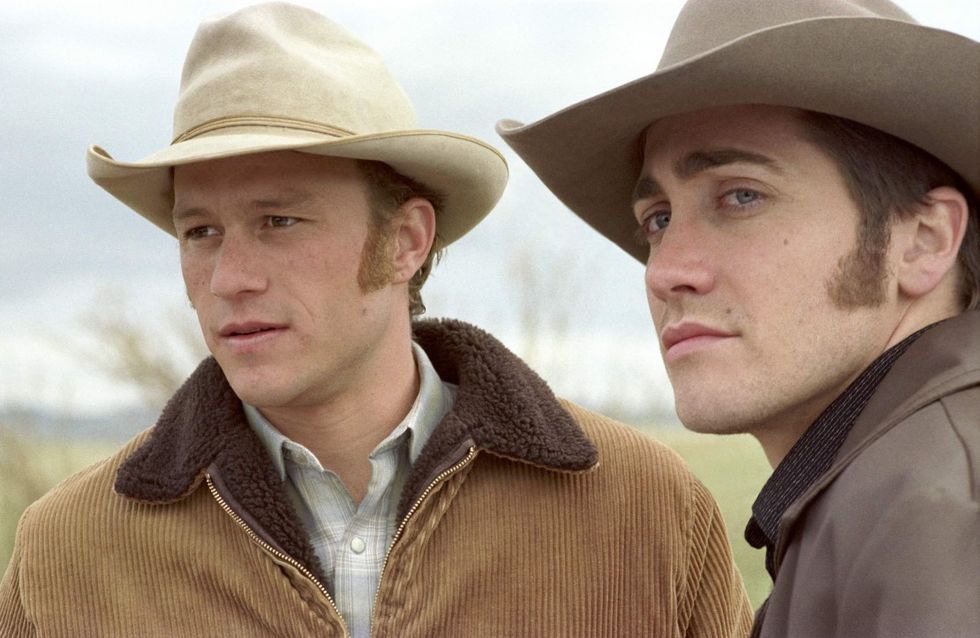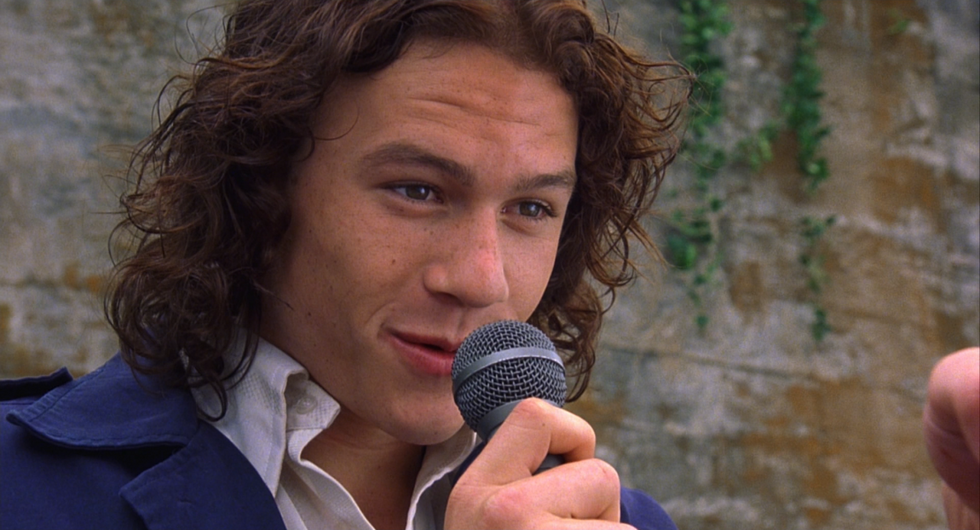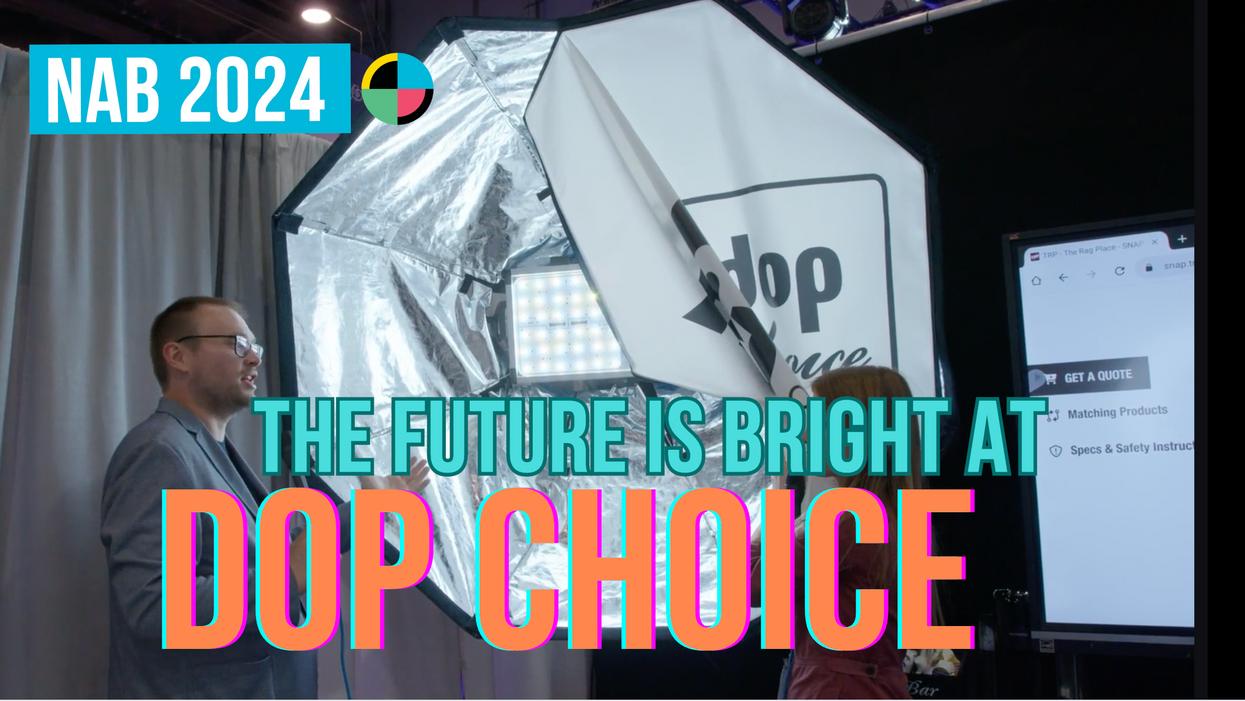The Artist Behind the Celebrity: 5 Surprising Facts From 'I Am Heath Ledger'
Heath Ledger's inner circle discusses the actor's artistic pursuits, his aspirations, and the truth about his death.

In 2008, Heath Ledger had just completed his (now infamous) role as the Joker, and was working with his hero Terry Gilliam. At just 28, he was already one of the greatest actors of his time, and despite vicious the rumors that circulated after his death, he had no plans of going anywhere but forward. So what really happened?
At the Q&A following Tribeca Film Festival's world premiere of the new documentary on his life, I Am Heath Ledger, the filmmakers and Ledger's family attempted to answer that question by showcasing the actor's true spirit. As the film says: people want a tidy answer that makes them feel like things make sense, but sometimes it's just not like that. The truth is that Ledger's inner circle was just as baffled by his sudden death as the rest of the world was. It took them nine years to find a filmmaking team who they felt would do justice to Ledger's story — one about who he truly was, and not how the public chose to see him.
The story that I Am Heath Ledger tells is one of a candle that burned at both ends; of a boy, just barely a man, who brimmed with so much curiosity that he could hardly contain it. He slept as few hours as possible and pushed his body to the limit, all in the name of art. Despite its remarkable intimacy, one gets the sense that it's all a sleight of hand, a marvelous smoke show of home video footage and rare interviews, carefully crafted around avoiding darkness. I Am Heath Ledger shows us the bright and beautiful, and refuses to touch upon any demons the star might have had.
Though we may never learn the whole story about Heath Ledger, this new documentary from filmmakers Adrian Buitenhuis and Derik Murray offers a wealth of new insights. After the screening, Buitenhuis and Murray participated in a Q&A along with Ledger's sisters Ashleigh Bell and Kate Ledger, and his close friend Matt Amato, moderated by Entertainment Weekly's Jess Cagle. Here are five things we learned from the premiere.
1. He was the happiest he'd ever been after The Dark Knight
The family revealed that they chose Buitenhuis and Murray's project in an effort to dispel some of the rumors around Ledger's death—the rumors that he was somehow overtaken by his role as the Joker, so tortured that he turned to pills. Kate Ledger spoke of how they reacted to these tales. "I was really shocked because that was him having fun," she told the audience. "Every report was coming out that he was depressed and that [the role] was taking this toll on him, and we're going, honestly, it was the absolute opposite. It couldn't be more wrong."
"He had an amazing sense of humor... he wasn't depressed about the Joker!"
Indeed, the film portrays 2008 as Ledger's happiest time. As an exacting artist with impossible standards, this was the first time he'd ever been satisfied with a performance. And he was over the moon about it.
"He had an amazing sense of humor, and I guess maybe only his family and friends knew that, but he was having fun. He wasn't depressed about the Joker!"
2. He was an auteur
One of the most heartening takeaways from the film is how absorbed Ledger was in his art. He was a man interested in the whole show, "not just the acting," his sister Kate said. "I think to him it was like, 'we're all in this together.' He wanted to know how everything worked and he wanted to become an expert on all of it."
"He wanted to do things on a scale that was human."
Many interviews describe how Ledger was incomplete without a camera, knew everything about lighting, and could render his subject in their barest form with a single shutter snap. As his close friend and collaborator, Ben Harper, puts it in the film, "he had complete command over his craft."
3. He was a true grassroots filmmaker
Ledger first dipped into directing with an entrancing music video for his friend N'fa Jones.
Buitenhuis pointed out that "there's an opportunity there to make this video for a lot more money." But that Ledger had said, "we don't need to spend money, this is all we need, we can do it in my garage. We just need some umbrellas, it's all about the makeup and we can do a one day shoot." Buitenhuis continued, "N'fa said it, but a lot of other people said it as well, that Heath was really a grassroots independent filmmaker, and he wanted to do things on a scale that was human, and small, and to work with his friends."
"It's true," Amato added. "When Heath and I would work together with a crew," —for their company The Masses— "we would be the ones going to Home Depot in the morning getting waste buckets and brooms and mops, we would do the craft service, so when people would arrive on set, they would see us doing all that. And so they wouldn't feel an imbalance or hierarchy."
Ashleigh Bell added that Ledger carried this mentality onto his professional sets as well. "When I was on Parnassus with him," she said, "it was the very last day that we were shooting in London and the clock was ticking up to midnight. If it hit midnight, we were going to hit another payday."

"Everyone was in this flurry to get the shot and suddenly I see this flash of costume run past me. It was Heath, and he was picking up everything he could, asking people "where does this go?" — he was just absolutely going for it. I was standing there holding all these jackets for people and I said, 'What do you want me to do?' And he just said, 'You do what you can, we're all filmmakers here.'"
"When Heath and I would work together with a crew, we would be the ones going to Home Depot in the morning getting waste buckets and brooms and mops."
4. Ledger was the only actor Ang Lee ever allowed to watch playback
In an interview with Ang Lee, the director speaks of his experience working with Ledger on Brokeback Mountain. He was convinced Ledger could carry a movie, he says, because of his performance in Monster's Ball. "He was only a supporting character, but he stole the show."

When it came time to shoot, Ledger was not shy about approaching the director's monitor to watch playback of his performance. Lee was not used to this and it went against his normal rules for working with actors. In Lee's estimation the monitor is for the filmmakers, and seeing it will make the actors too self-conscious.
"I had never had anybody argue with me on that," Lee said. But Ledger argued, and he was right. Lee describes Ledger's process; "Every time he watched, it didn't look like he was aware, he just got better... and he would do it again and again, until he hit a certain mark. And when he hit that mark, it was magical."

5. He wanted to change the culture of violence in film
The Masses, the independent company that Ledger ran with his friends Amato and Sara Cline, was meant to be a hub of creativity and equality. They began with music videos but had aspirations towards features. In fact, Amato has just completed a feature that they had been planning together called The Makings of You; it centers around a strong female lead.
"We wanted to contribute these kinds of stories to our culture." Amato said, "We were both very strongly against violence in our culture and felt that these movies we glorify had a dismal effect on our society. We wanted to make movies for smart young women and tell stories about older women, to really contribute in that way. To do something that wasn't there."
For more, see our complete coverage of the 2017 Tribeca Film Festival.












